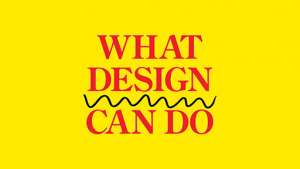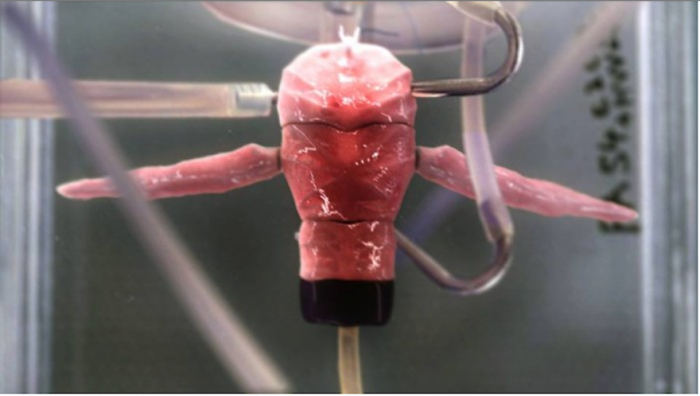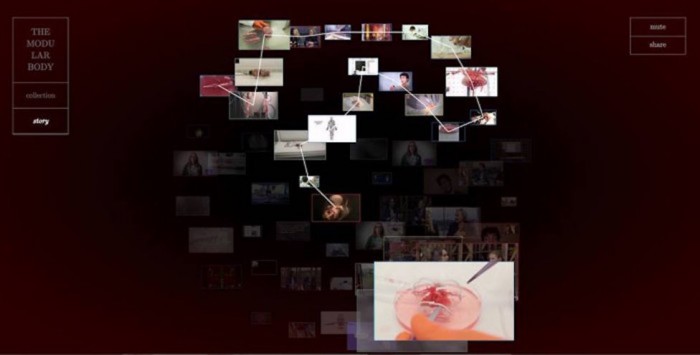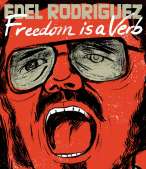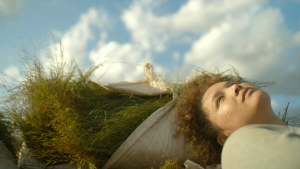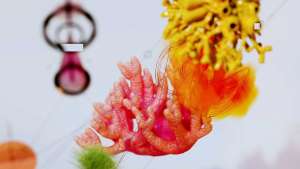From the Series
Would it be a good thing if people lived longer? If we could print working organs would we use it to create totally new bodies? Netherlands-based visual artist and filmmaker Floris Kaayk has the tools to explore the possibilities but isn’t interested in defining the answers. His project “The Modular Body” is the web-based exploration of what it would be like if we could 3D-print a set of living parts. In a series of interconnected videos, he details the life of OSCAR, a living body made of interchangeable parts and according to the artist, the chief response from the public has been: Kill It!
Kaayk’s project shows the research journey of innovative and completely fictional researcher Cornelis Vlasman, the inventor who creates OSCAR using his own cells. The series of videos depicting the journey can be found on the OSCAR website . With no beginning or end, the videos resemble a virtual web of found footage.
The series looks to a future where the body is not a closed circuit. It is designed to have interchangeable limbs, spare-lungs and an electronic brain, blurring the lines between what we are born with and what we can create.
“I asked the question; what if we can in future really print functioning organs? Why wouldn’t we use that opportunity to print a complete body?” says Kaayk. “If we can print a complete body, it would be logical to change it and make it more efficient or more immortal. That led to the idea of making separate organ modules completely printed and cultured with human cells.”
Kaayk says the most surprising thing about his project was not the image of a man-made muscle structure crawling across a table, but the number of people who believed the image was real. “At the launch I thought that everyone would see it as a science fiction project. It was also noted on the Facebook page and website,” explains Kaayk. “But for some reason people immediately started to believe that everything happening in the videos were real. There was a strange “unclarity” about fiction and reality.”
While Kaayk’s work is inspired by real events, in this case scientific advancements in the field of biotechnology, his work is known for having the ability to dupe journalists around the world. In 2012, Kaayk created a viral “media art project” in collaboration with media production company Revolver and Omroep NTL. The video claimed to be an actual account of a human taking flight using a contraption made of kite fabric. In the video, a character later revealed to be a fictional persona claims that he was able to successfully take flight by flapping his arms while rigged to the contraption he created.
“Because it looks realistic people don’t have to do to much effort to believe in it,” says Kaayk, adding that the same could be said for the Modular Body.
For Kaayk, reality and fiction merge closely when forming new concepts. “I consider myself as a storyteller, a creator of digital stories or experiments,” he says.
“It’s made for the internet. One of the main goals of the project was to explore the difficult subject of biotechnology with a broad audience and make them have discussions around the ethical implications.”
In his next project, Kaayk plans to create a video game that will allow users to create their own spaceship. He recently spoke at the What Design Can Do conference in the Netherlands.

